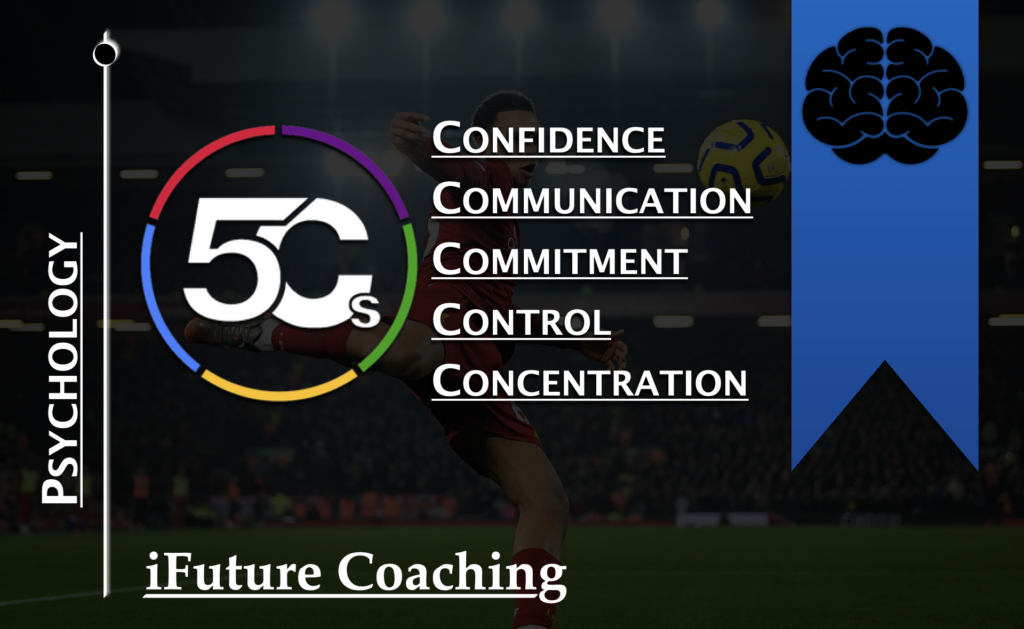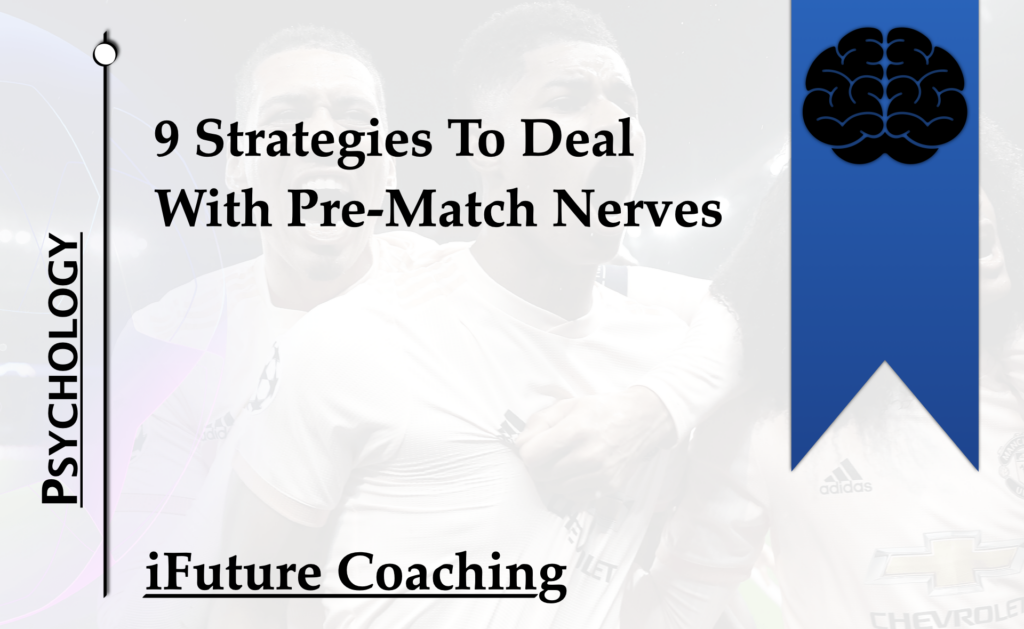Why You Should Implement 3v3 Football
Football is a sport loved globally, and it can be played in several formats, such as 11v11, 7v7, 5v5, and 3v3. Many advantages come with playing 3v3 football, which makes it an increasingly popular format among players of different ages and skill levels. Playing 3v3 football is not only a fun and exciting way to stay active, but it also provides numerous opportunities for players to develop their technical skills. This fast-paced game demands quick reflexes, precise ball control, and strategic thinking on both offense and defence.
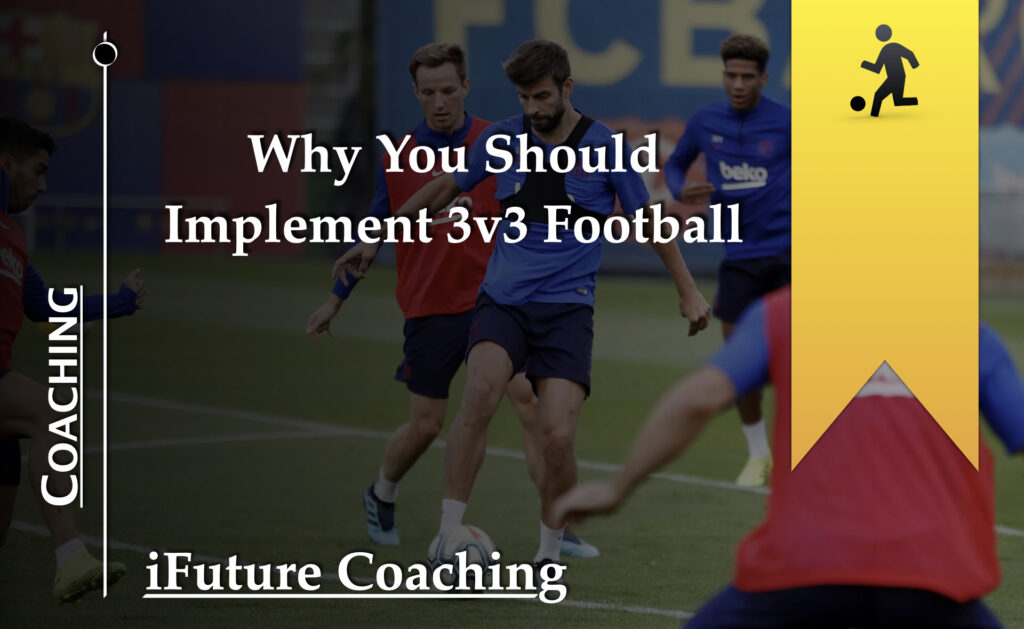
Physiological Benefits
The first benefit of playing 3v3 football is that it promotes high levels of intensity and activity during the game. With fewer players on the pitch, the game is much faster and requires players to be in constant motion, creating more opportunities for scoring. Additionally, this fast pace promotes cardiovascular exercise, leading to better overall physical health. One of the most significant physiological benefits of playing 3v3 football is that it can improve cardiovascular health. During a game, players need to use high-intensity interval training (HIIT) techniques, which involves bursts of high-intensity activity followed by a period of rest. This type of exercise helps to improve the cardiovascular system, including the heart, lungs, and blood vessels.
In addition, playing 3v3 football can also improve aerobic capacity. The constant running, sprinting, and agility-based movements required in the game help to increase the lungs’ ability to oxygenate the blood, improving the overall circulation and oxygen utilisation within the body.

Another important benefit of playing 3v3 football is improved muscle strength and endurance. The game demands a lot of lower-body strength, including the legs, glutes, and core muscles, as well as upper body strength for throwing in and heading. By consistently engaging these muscles during a 3v3 football game, players can improve their overall muscle strength, endurance and flexibility.
Furthermore, playing this game regularly can also help to reduce body fat percentage. Since it is a high-intensity game, it naturally burns more calories and produces a higher metabolic rate than lower-intensity activities. For this reason, playing 3v3 football is an excellent way to stay in shape and maintain a healthy weight.
Technical Benefits
The second advantage is that playing 3v3 football helps improve individual’s technical skill. With fewer players on the pitch, players are presented with more opportunities to handle the ball, develop their dribbling skills, and improve their creativity in their move-making. Players must also have a great understanding of teamwork, communication, and coordination with their team members, which helps to improve their overall technique and approach towards the game. Ball control and dribbling skills are essential in 3v3 football. This type of game requires players to frequently change direction and quickly manipulate the ball in tight spaces. By practicing their ball control and dribbling abilities, players are better equipped to navigate around opponents and maintain possession of the ball. Passing skills are also critical in 3v3 football. Since there are fewer players on the field, the game moves quickly, and players must be able to pass the ball accurately and effectively to their teammates. Players who develop their passing skills can move the ball up the field quickly, create scoring opportunities, and maintain control of the game. Shooting and finishing skills are essential in 3v3 football since there are fewer players on the field, and chances to score can be limited. Players who develop their shooting skills can capitalize on scoring opportunities and contribute to their team’s success.
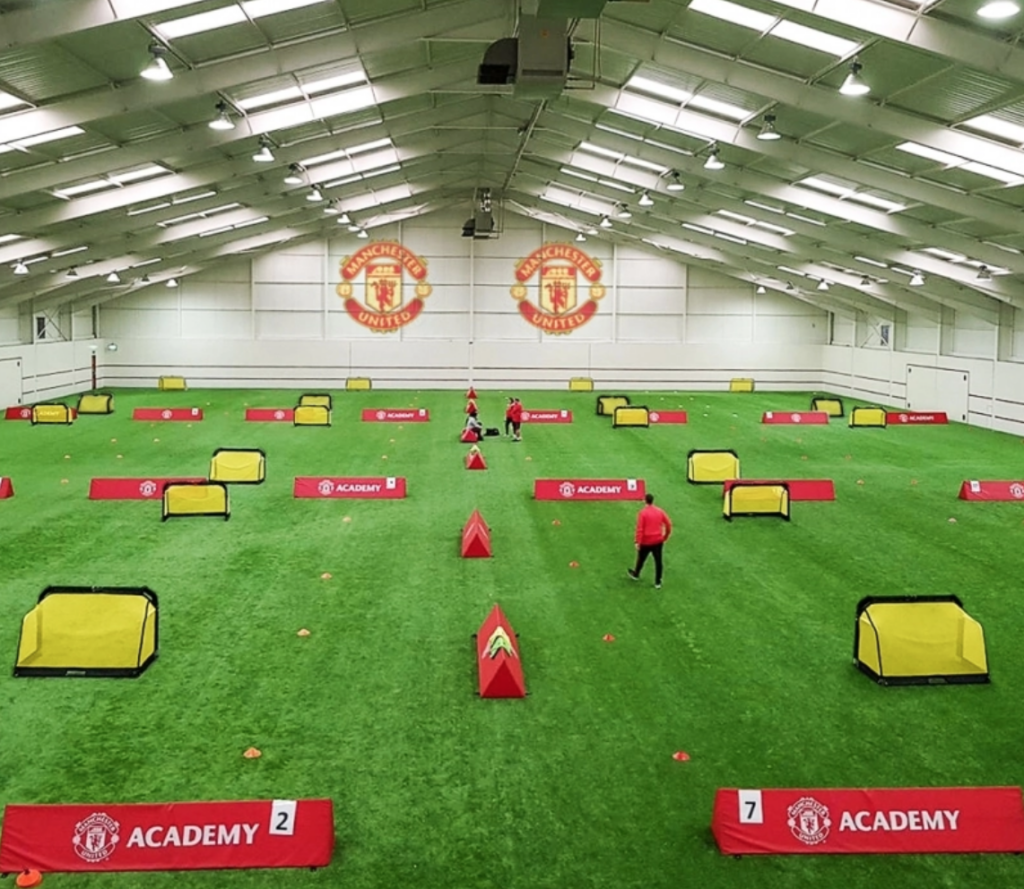
In summary, compression bandages have been proven to be a beneficial tool for athletes seeking to recover from an injury or soreness. They are useful in increasing blood flow, reducing inflammation, providing support, reducing the risk of further injury, and assisting with the removal of excess fluids. Athletes who use compression bandages note a reduction in their recovery time, and increased mobility and performance. Therefore, it is no surprise that compression bandages are one of the most sought-after recovery tools by athletes worldwide.
Psychological and Social Benefits
3v3 football is also a great way to stay socially active. By playing in a team, players can establish strong bonds and create camaraderie among themselves, build communication skills, and establish trust among themselves. These social connections created through sports provide an opportunity to develop networks, friendships, and even mentorship for personal and professional growth. In this type of game, players must work together closely to achieve their goals. Effective communication between teammates can help to coordinate movements and create scoring opportunities.
Players must make quick decisions about moving the ball, passing, and shooting. This helps individuals develop the ability to think on their feet and make decisions under pressure. This skill translates well into real-life situations, such as when making important decisions at work, school, or in personal relationships.
Concentration is another crucial skill that is developed through playing 3v3 football. With fewer players on the field, there is a greater need for players to maintain focus and awareness. This helps improve concentration levels, particularly when combined with the fast-paced nature of the game.
Teamwork is another area where 3v3 football can have significant benefits. Players must work together and communicate effectively to achieve success. This helps individuals develop leadership skills, as well as the ability to collaborate with others towards a common goal. These are valuable skills, both in personal and professional settings, which can increase one’s effectiveness within a team and overall success.
In addition to decision-making, concentration, and teamwork, playing 3v3 football is also an effective way to develop resilience. As the game requires players to adapt and respond to various challenges, it helps them develop a growth mindset and the ability to bounce back from setbacks. This is a valuable skill in life as it helps individuals overcome challenges and achieve their goals.
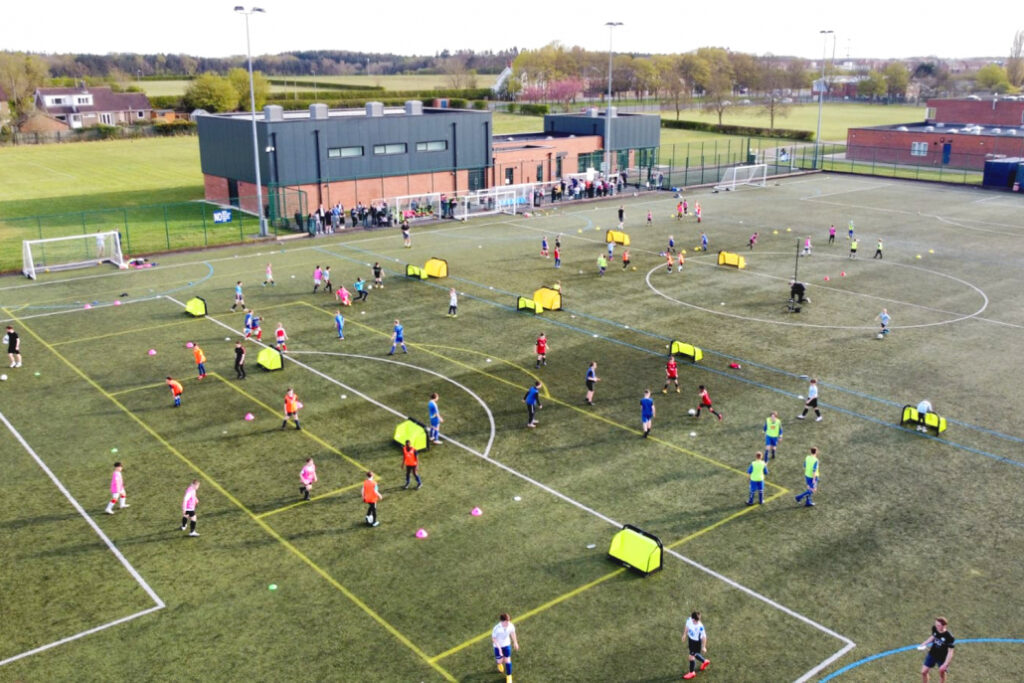
Tactical Developments
Furthermore, the tactical skills such as positioning, and awareness are essential in 3v3 football. Players must be aware of their surroundings and anticipate the movements of their opponents and teammates. Additionally, they must be able to position themselves effectively to create passing and scoring opportunities while also defending their own goal.
Finally, playing 3v3 football is a fun and engaging way to spend time with family and friends. As a fast-paced sport, it creates a thrilling and exciting environment for players of all ages to come together and share in the love of the game. Playing in a friendly league or a neighbourhood tournament can strengthen the bond between players and create lasting memories that can be cherished for years to come.
In Conclusion
Playing 3v3 football offers several benefits, promoting physical activity, improving a wide range of technical skills, from ball control and passing to shooting and tactical positioning, social connections, and can positively impact an individual’s psychological skill set in many ways. Decision-making, concentration, teamwork, and resilience are just a few of the areas in which it can make a significant difference. These skills can be applied in various aspects of life, from school and work to personal relationships. By practicing and refining these technical skills, players can improve their overall performance and increase their enjoyment of the game.
The Statistics

The statistics show that a bigger increase in all technical attributes used within the small-sided game. Touches increase by 91.8% compared to 5v5 and 7v7 games. Passing has increased by 75%, finishing increased by an average of 7 times per player compared to 3.2 per player from the 5 aside and 7 aside game. Finally dribbling has had a 50% increase, providing different challenges and opportunities for decision making.
Set Up...
- Pitch Dimensions: 30x20m / 32x21yard pitch
- Goals Size: 4ft x 2.5ft (1.2m x 0.76m)
- Ball size: Age specific ball, play around with the type of ball used to really challenge your players though cut your costs down by using what you already have.
Rules...
The rules for 3v3 can be evolved to however you see your philosophy or around the player’s needs (limited touches, specific areas to finish in). The set rules we’d suggest sticking to are as follows.
- No goalkeepers: Increasing all players ability to use their feet, with the goal size being so small goalkeepers aren’t required.
- Restarts from the floor (passed or dribbled in): encourages the technical development objectives the game is designed to build.
- 3-5 minute games: with the limited duration it will increase the intensity and speed of the game.
- Set pieces: Freekicks will be indirect and require a player to pass the ball prior to finishing developing creativity. Defending team must be 2-3 yards away.
Things to Consider...
- Do you play with walls or allow the ball to leave the pitch. Walls will keep the ball in play and encourage players to use their surroundings more effectively. Without the walls, it makes it more realistic to the modern game of restarting.
- How will you deal with corners and set pieces differently. Consider what you want to create in your players, do they take corners from their goal and build up again, keep possession and restarting the game more specifically to the player’s needs.
- How will you amend the rules to get the best out of your players. Do your players require specific challenges for them to develop, e.g. 1 touch finish; makes them find ways of finishing quickly in tight areas.
What's Lost...
- Do you play with walls or allow the ball to leave the pitch. Walls will keep the ball in play and encourage players to use their surroundings more effectively. Without the walls, it makes it more realistic to the modern game of restarting.
- How will you deal with corners and set pieces differently. Consider what you want to create in your players, do they take corners from their goal and build up again, keep possession and restarting the game more specifically to the player’s needs.
- How will you amend the rules to get the best out of your players. Do your players require specific challenges for them to develop, e.g. 1 touch finish; makes them find ways of finishing quickly in tight areas.
Author: S. Noakes



